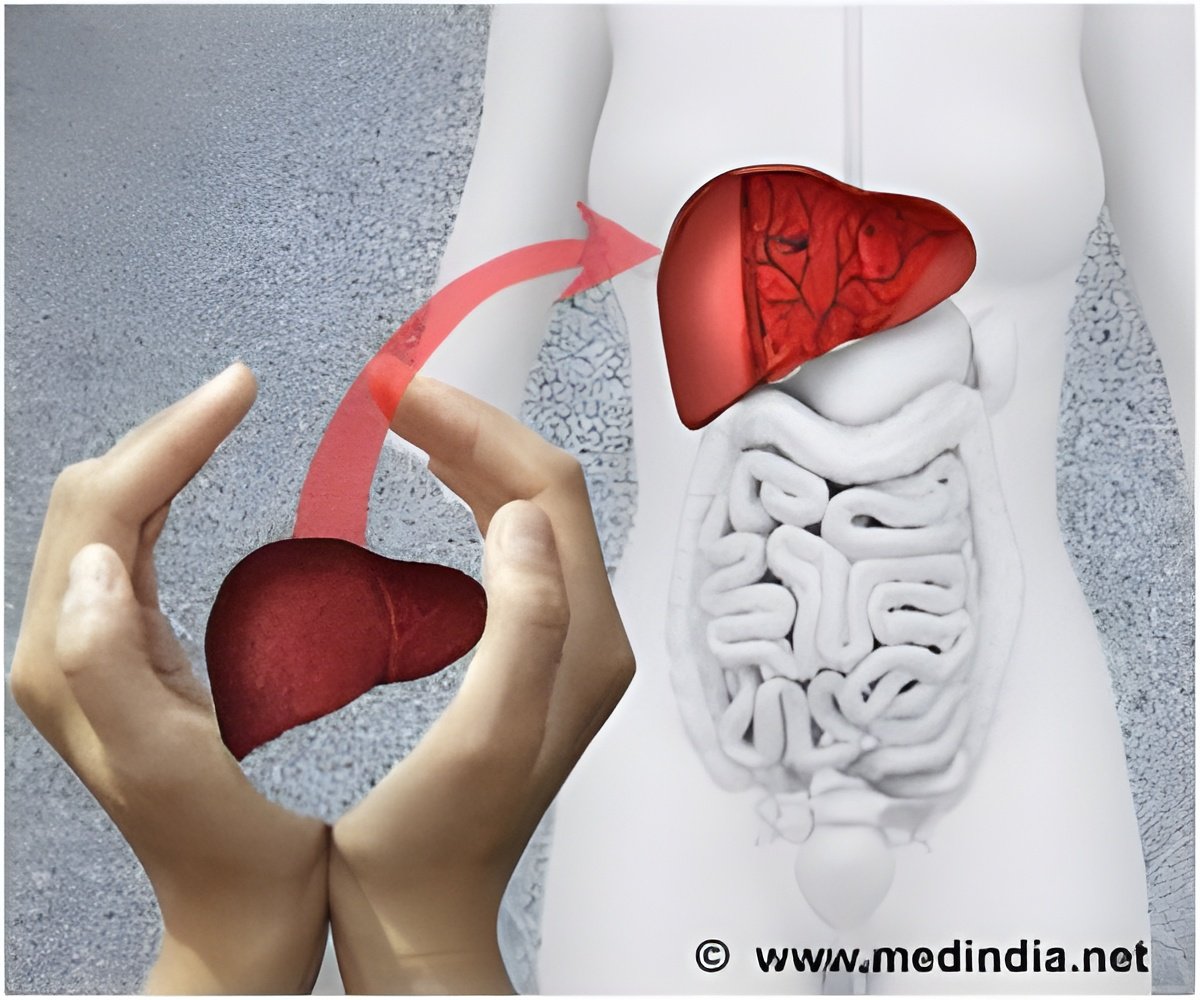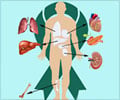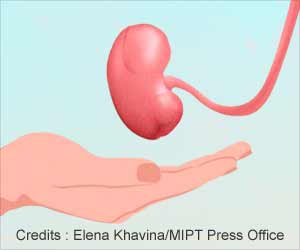New study on the viability of donated livers and its correlation with donor demographics has been conducted by a group of researchers.

‘The study demonstrates using livers from organ procurement centers that work on a nationwide level, with various procurement protocols and long transit times can still produce high quality hepatocytes.’





A group of scientists at the Center for Engineering of Medicine at Massachusetts General Hospital in Boston, Massachusetts explored the donor demographics and procurement data of 16 livers to determine if these factors impact the yield and viability of primary hepatocytes. The project, led by Sharon Geerts, looked at 6 different donor demographics and 4 different procurement factors. The donor demographics consisted of age, body mass index (BMI), race, cause of death, whether the donor was considered death by cardiac death or death by brain death, and gender. The procurement factors that were considered were warm ischemia time (WIT), oxygen saturation, mean arterial pressure, and cold ischemia time (CIT). Donor demographics such as race and gender had significant impacts on viability and yield while demographics such as BMI, age, donor status, cause of death did not. In addition, liver procurement data such as WIT showed that organs with less than 30 mins WIT led to significantly reduced yield, but no impact was found on viability. Cold ischemia time had no impact on yield, but longer CIT did decrease the viability of hepatocytes.
Though the number of livers was small (n=16) and should be taken into consideration, the conclusions drawn could be used as indications to expand liver selection criteria for hepatocyte isolations for many researchers and incorporate livers from donors that would have otherwise been discarded.
Source-Eurekalert









